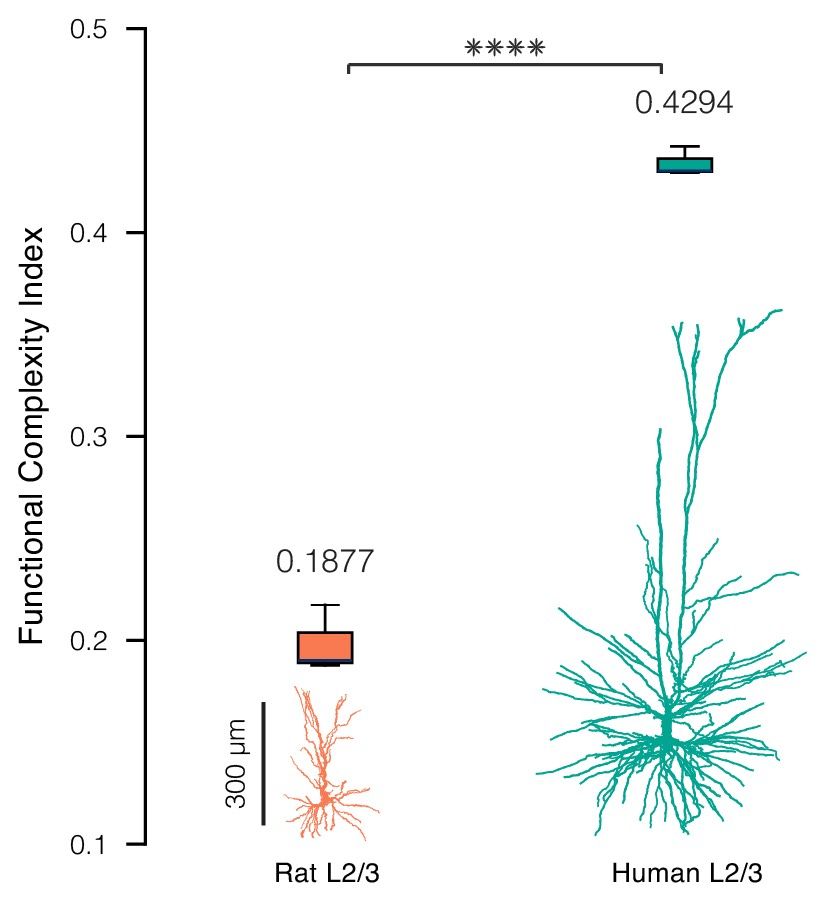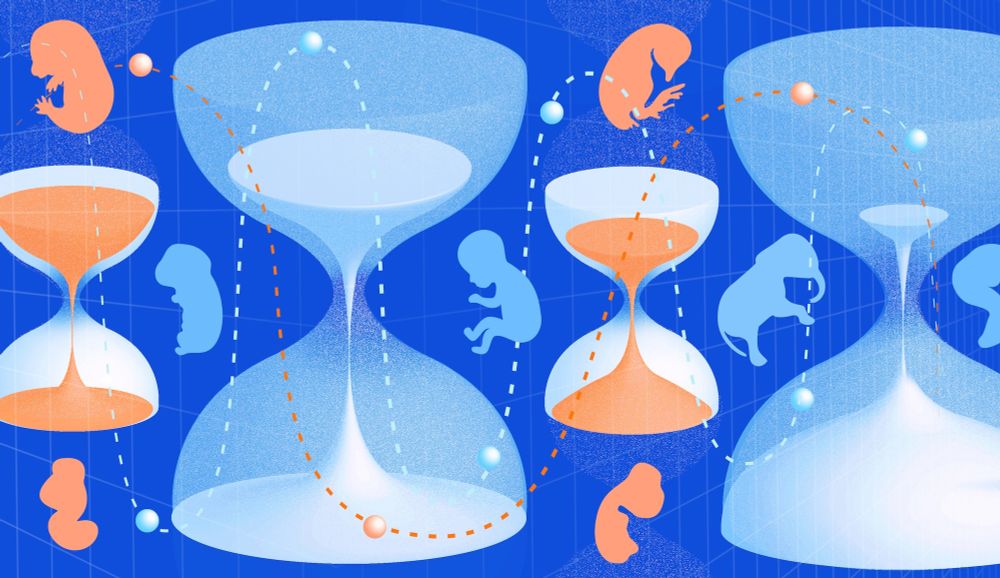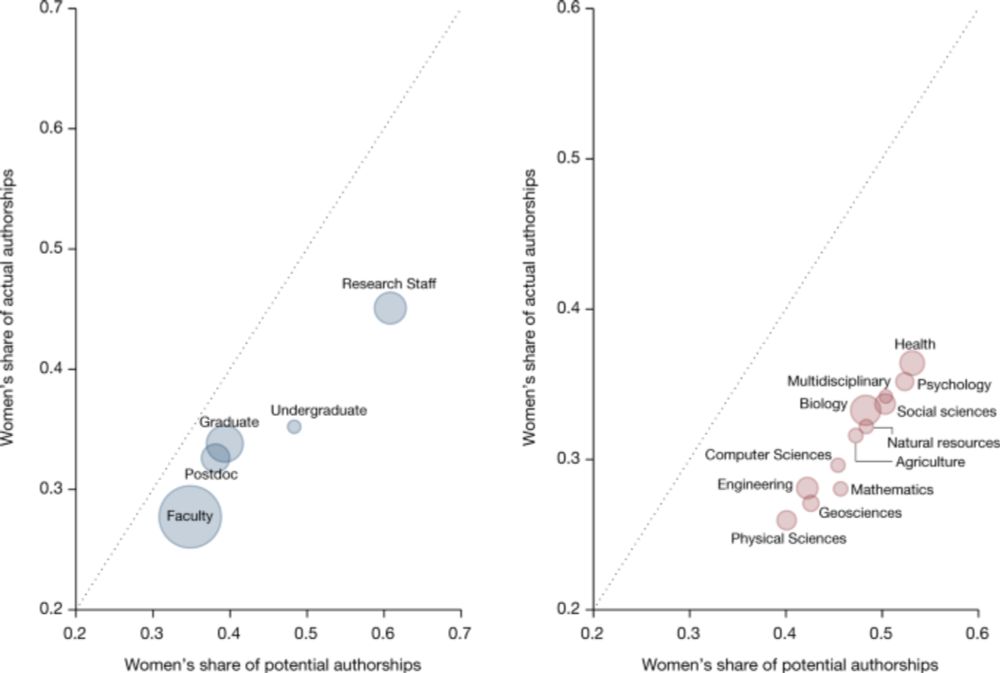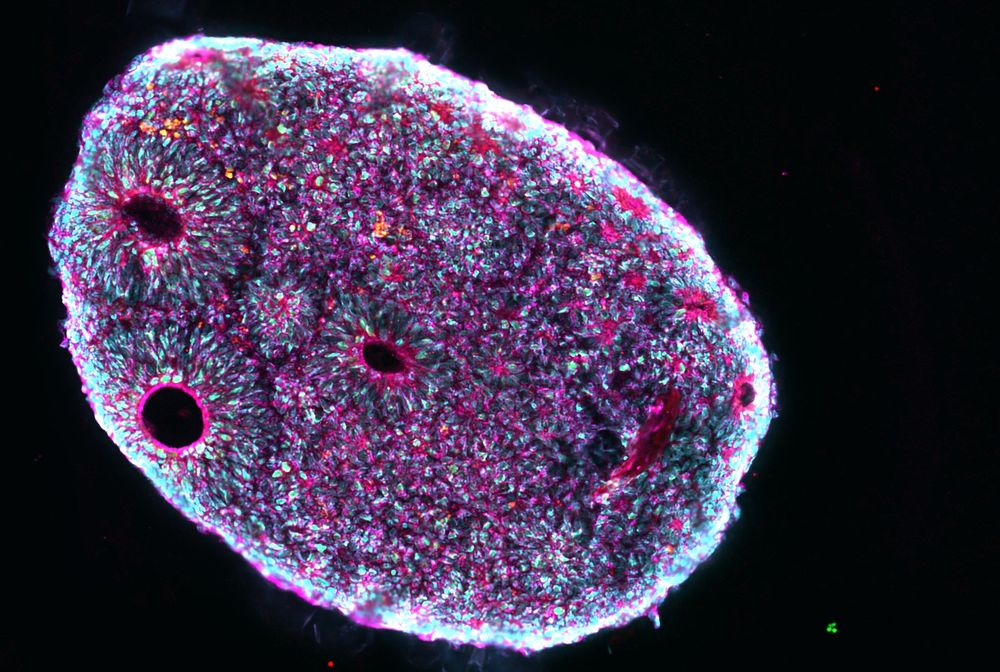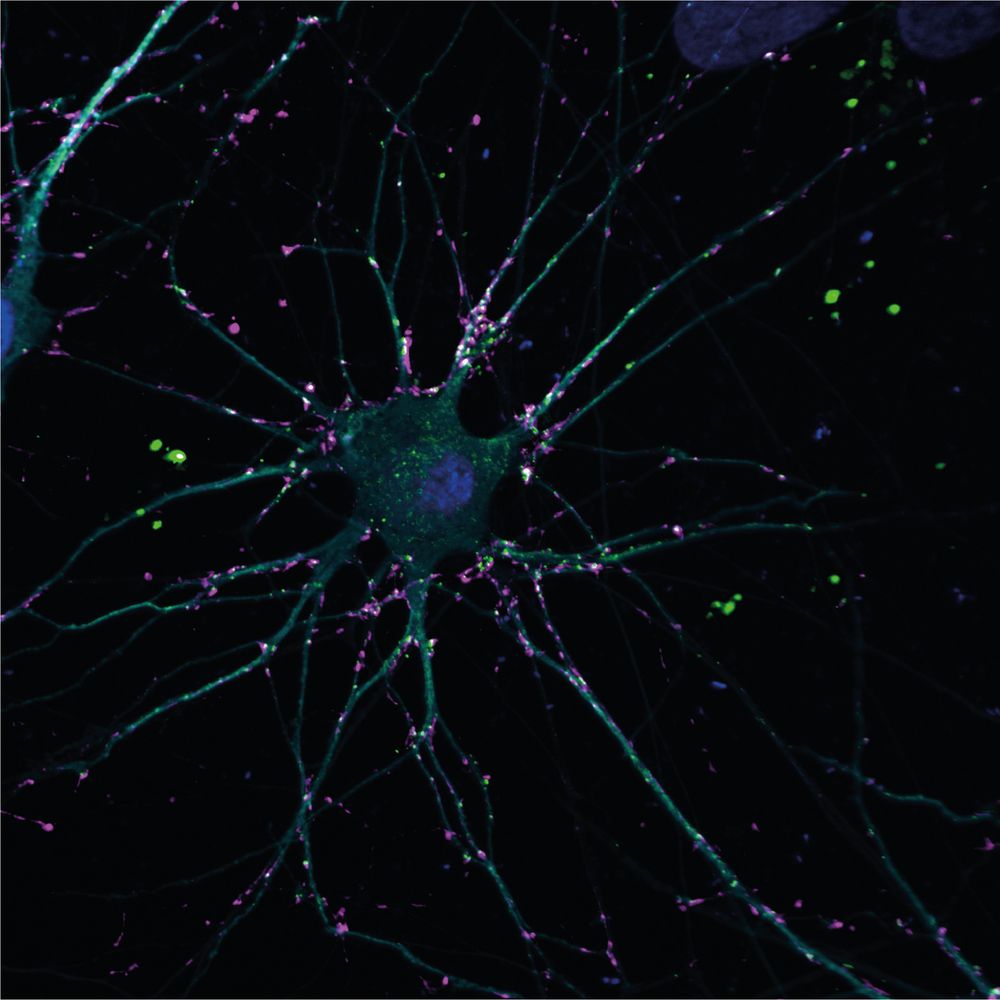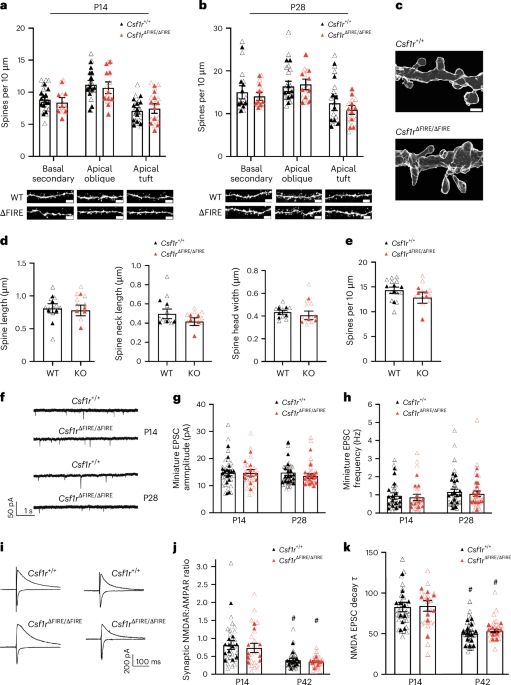Feline Lindhout
@felinewlindhout.bsky.social
400 followers
150 following
16 posts
Neurobiologist studying the molecular and cellular basis of human brain development. Postdoc @ Lancaster group, MRC-LMB in Cambridge.
Posts
Media
Videos
Starter Packs
Reposted by Feline Lindhout
Reposted by Feline Lindhout



